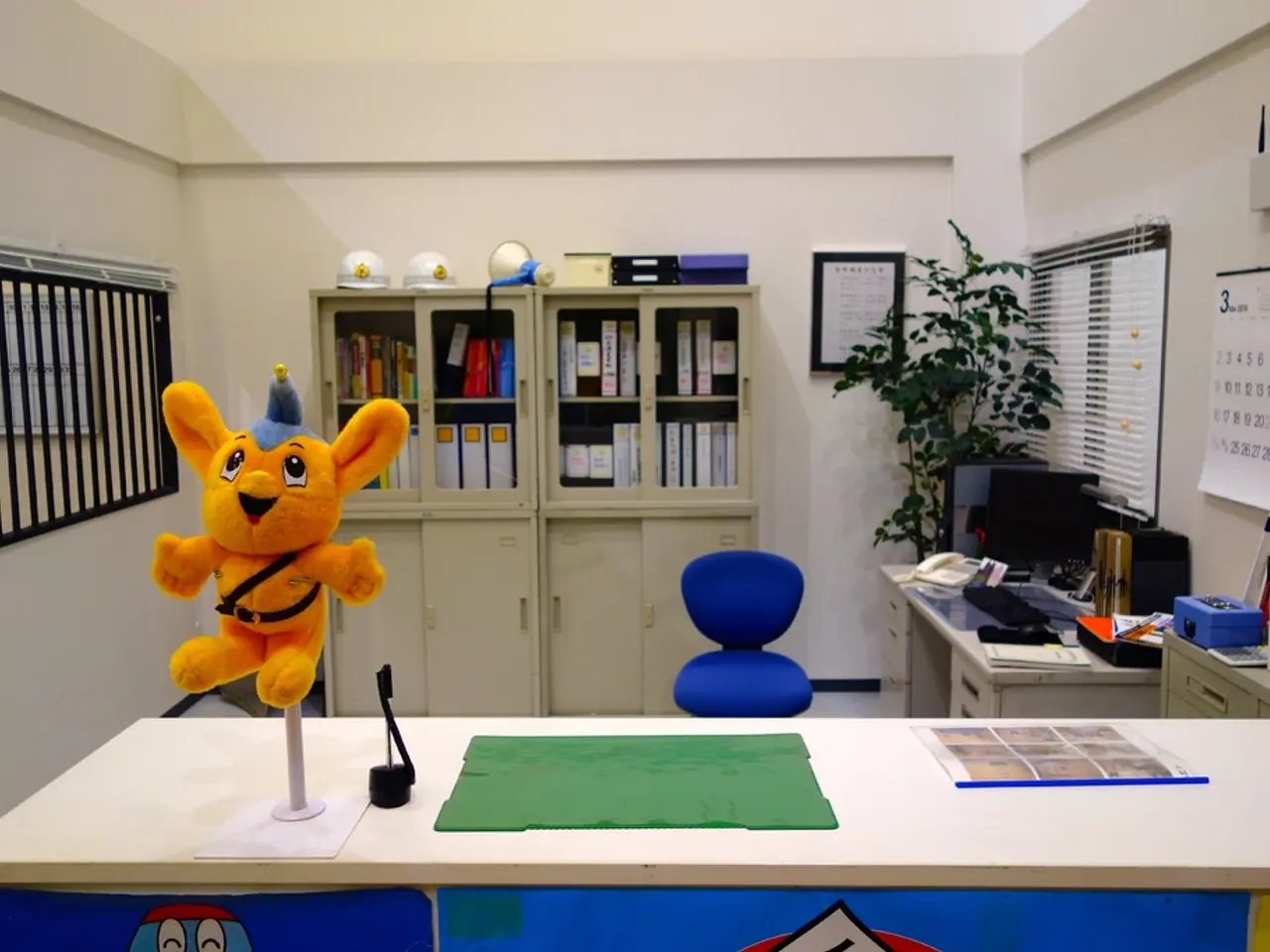Spacestorms, or space hurricanes, exist and inflict greater damage than initially estimated
New Study Reveals "Space Hurricanes" Affecting Earth's Magnetic Field and GPS Signals
A groundbreaking study, published in the July 2025 issue of the scientific journal Space Weather, has shed light on a lesser-known phenomenon that could have significant implications for our technological infrastructure and understanding of space weather. The study focuses on Earth's magnetic field-driven plasma storms, often referred to as "space hurricanes."
These space hurricanes are massive, spinning vortices of charged plasma that form high in the ionosphere above Earth's polar regions. Unlike terrestrial hurricanes, these storms are composed of superheated, electrically charged gases (plasma) rotating at very high speeds, sometimes over 7,000 km/h. They are primarily driven by interactions between Earth’s magnetic field and solar wind particles rather than atmospheric conditions.
The study reveals that space hurricanes have a well-defined structure, resembling terrestrial hurricanes with a calm central "eye" surrounded by spiral arms of plasma flow. One of the most intriguing aspects of these storms is their ability to form even during periods of low solar activity, making them less predictable than conventional geomagnetic storms caused directly by solar eruptions.
Impact on GPS signals and Earth's magnetic field
The swirling charged particles in space hurricanes can disrupt GPS accuracy by scrambling the satellite signals that GPS receivers rely on. This interference can degrade navigation and communication systems dependent on satellite signals.
Furthermore, space hurricanes distort Earth's magnetic field locally. The intense plasma flows and associated electric currents modify the geomagnetic environment, causing sudden and unpredictable variations that can affect both technological infrastructure and scientific measurements.
The first known space hurricane was observed in 2014, and the new study suggests that these storms might be more common than previously thought due to their ability to form under unusual conditions. The data from the 2014 space hurricane shows that it was an active electrodynamic storm.
One GPS satellite, PRN 11, showed a particularly strong disturbance during the space hurricane. GPS signals passing through the storm's outer regions were affected by phase scintillation. The space hurricane can mimic the effects of a geomagnetic storm, even when weather conditions appear calm.
Recognizing hidden storms like space hurricanes could be key to keeping our systems safe, even when the sun looks quiet. As our technology reaches farther into the polar skies, these events often go undetected by standard geomagnetic indices, which could be a concern. Our reliance on stable signals, such as GPS, satellite communications, and polar aviation, continues to expand, making understanding high-latitude disturbances like space hurricanes increasingly important.
In summary, space hurricanes are ionospheric plasma storms driven by Earth's magnetic field interacting with solar wind. They can stealthily disrupt GPS signals and cause localized disturbances in the geomagnetic field, posing challenges for satellite-based technologies and our understanding of space weather processes. The study's findings could have far-reaching implications for the development of early warning systems and the protection of critical infrastructure from the effects of these storms.
The new study shed light on space hurricanes, massive plasma storms appearing more common than previously thought, that can disrupt GPS accuracy and cause localized disturbances in the geomagnetic field. Technology, such as satellite communications and polar aviation, heavily relies on stable signals, making the understanding of these high-latitude disturbances crucial. Unexpected space hurricanes can be a concern as they can mimic the effects of geomagnetic storms, even when the weather appears calm. This calls for developing early warning systems and protecting critical infrastructure against their disruptive effects. Additionally, the sudden and unpredictable variations resulting from space hurricanes can impact the scientific field, making it essential to incorporate them in the study of space weather processes and history.




